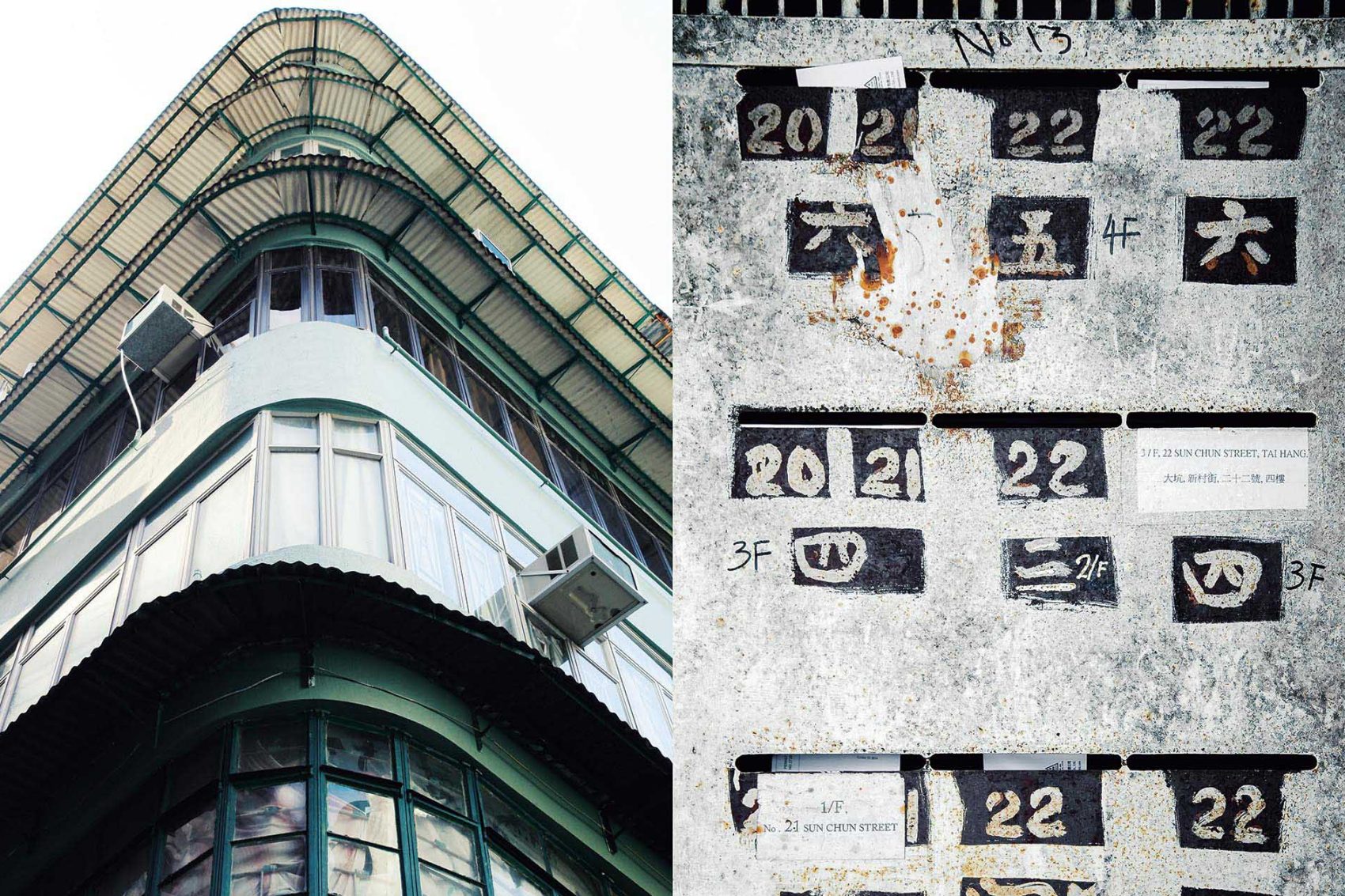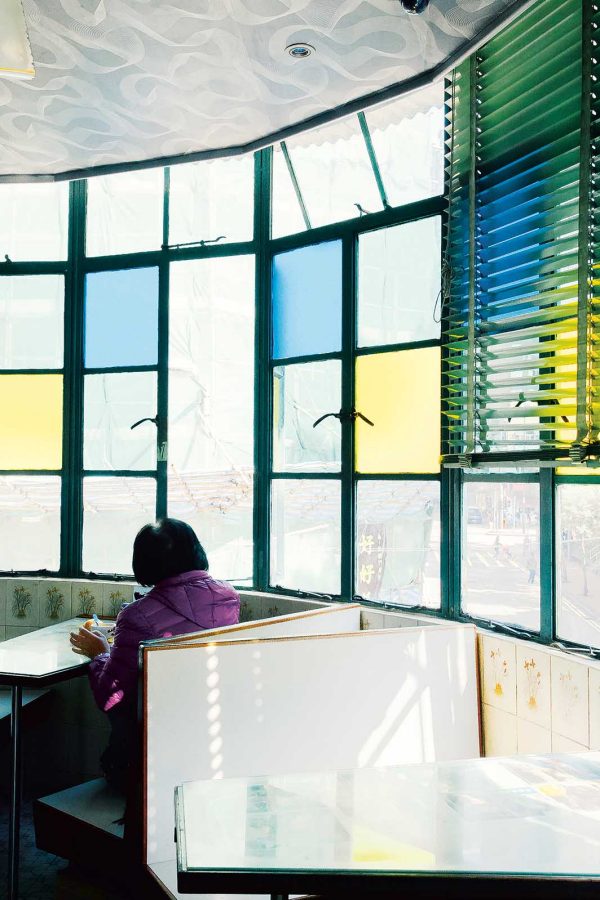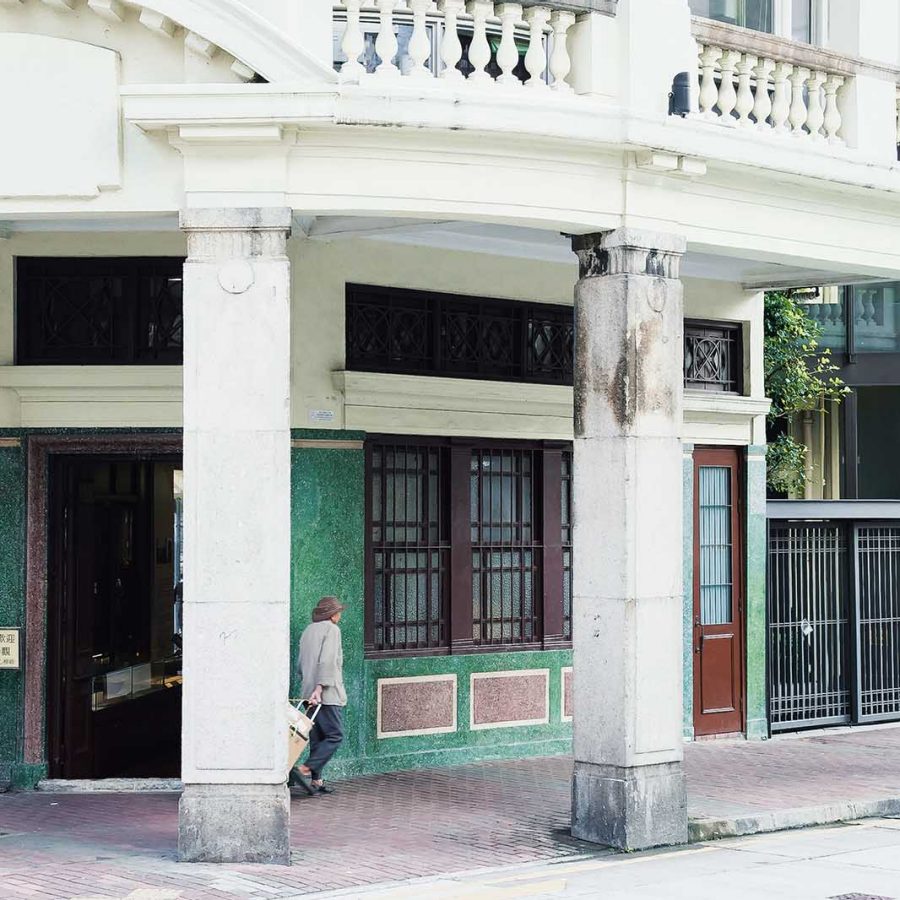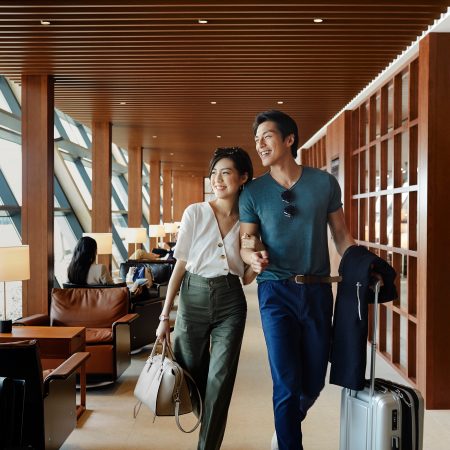Why we love Hong Kong's tong lau

Make your way up a narrow staircase on Shanghai Street in Kowloon and you’ll find an unexpected haven for music lovers: White Noise Records, one of Hong Kong’s best vinyl record stores. A few times a year, people gather here to listen to DJs as they browse for Japanese thrash metal, vintage hip-hop and reissued classics.
A brisk walk away, another staircase leads you to the upper floor of Mido Café, a Hong Kong-style diner that has been serving milk tea and French toast in old wooden booths since 1951. On pleasant winter days, the staff throw open the green metal windows so you can hear birds chirping in the park across the street.
Across the harbour, more steps bring you to yet another discovery: an immaculately renovated flat, as bright and spacious as many Hong Kong apartments are cramped and dark.
These places have one thing in common: they’re in tong lau, otherwise known as walk-up tenement buildings. They are the core of Hong Kong. Even as the city fills up with skyscrapers and shopping malls, its essence survives in narrow streets lined by low-rise blocks studded with air conditioners, drying laundry and potted plants balanced on windowsills. Hong Kong without tong lau would be like New York without brownstones, Beijing without hutongs or London without Victorian terraces.

Credit: Mandy Yeung


Tong lau means ‘Chinese building’. And they’re not unique to Hong Kong. Built by southern Chinese merchants across Asia, from Guangzhou to Taipei to Penang, tong lau initially took the form of shophouses, with retail space on the ground floor and living quarters upstairs.
There are precious few examples of the earliest generations of tong lau. In the heart of the Central’s street market, 120 Wellington Street was built in 1884; it has been saved from demolition as the rest of the neighbourhood has been redeveloped. In Wan Chai, the Blue House is a tong lau built in 1922 that is being converted into social housing and a community arts space. On Tong Mi Road in Mong Kok, a handsome tong lau known as Lui Seng Chun, built in 1931, has been converted into a Chinese medicine centre with its curved corner balustrades carefully restored to their original glory. Not far away, a row of art deco-influenced, 1930s-era tong lau are being fixed up in the midst of the Flower Market.![]()
The post-Second World War version of the tong lau, more streamlined and utilitarian, is common. It continues to dominate the landscape of entire Hong Kong neighbourhoods. You can see them in the narrow streets of Tai Hang, where their intimate scale is a reminder of the neighbourhood’s origins as a fishing village. On Wing Lee Street in Sheung Wan, a row of 1950s tong lau was saved from demolition after it played a starring role in the 2010 hit movie Echoes of the Rainbow.
Modern Hong Kong buildings come with mirrored lobbies, ornate chandeliers and legions of security staff keeping an eye on things. They’re designed to impress, maybe even intimidate. Tong lau are just the opposite: they’re a reminder that Hong Kong can be a simple, honest city; the kind of place where you can stroll down pleasant streets and discover a record shop, a café or someone’s unexpectedly nice apartment.
Hero image credit: Mandy Yeung
Hong Kong travel information
- China – the Chinese Mainland, Hong Kong SAR, Macao SAR and Taiwan Region
- Hong Kong SAR - English
- Chinese Mainland (China) - English
- Taiwan China - English
- 香港特別行政區 - 繁體中文
- 中国內地 - 简体中文
- 中國台灣 - 繁體中文
- Africa
- South Africa - English
- Asia
- Bangladesh - English
- Korea - English
- Singapore - English
- Cambodia - English
- 한국 - 한국어
- Sri Lanka - English
- India - English
- Malaysia - English
- Thailand - English
- Indonesia - English
- Maldives - English
- ประเทศไทย - ภาษาไทย
- Indonesia - Bahasa Indonesia
- Myanmar - English
- Vietnam - English
- Japan - English
- Nepal - English
- Việt Nam - tiếng Việt
- 日本 - 日本語
- Philippines - English
- Australasia
- Australia - English
- New Zealand - English




.renditionimage.450.450.jpg)

